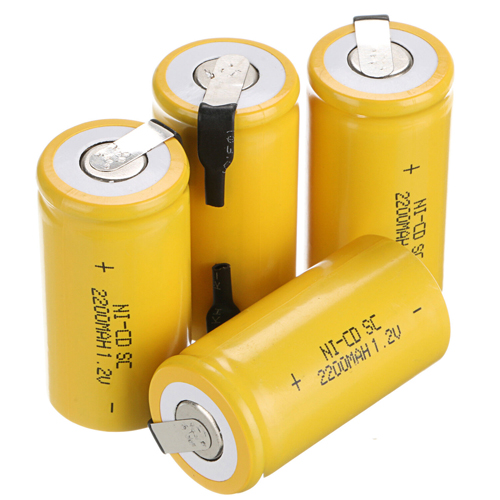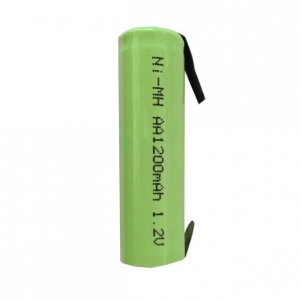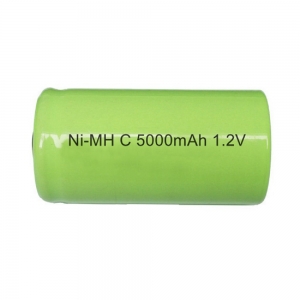Categories
Contact Us
Fax:0755-8352 6624
Email:sales08@cestpower.com
Add:Block F, Hengtai Industrial Park, No 56, Guan yuan Road, Guangming District, Shenzhen, China
Ni-Cd battery 1.2v rechargeable cell AA AAA SC C D F size 300mAh 800mAh 1000mAh 3000mAh 7000mAh for emergency light
Product Description

Nickel-cadmium batteries, also known as Ni-Cd batteries, have been a popular choice for powering various devices for over a century. However, in recent years, their use has declined due to the rise of more efficient and environmentally friendly battery technologies. In this article, we will explore the history, composition, advantages, disadvantages, and current applications of nickel-cadmium batteries.
History of Nickel-Cadmium Batteries
The nickel-cadmium battery was first developed in 1899 by Waldemar Jungner, a Swedish engineer. However, it was not until the 1950s that Ni-Cd batteries became commercially available. Since then, they have been widely used in portable electronics, cordless power tools, and other applications that require a reliable, rechargeable battery.
Composition of Nickel-Cadmium Batteries
Nickel-cadmium batteries consist of a positive electrode made of nickel hydroxide, a negative electrode made of cadmium, and an electrolyte made of potassium hydroxide. The electrodes are separated by a permeable membrane that allows the flow of ions while preventing direct contact between the electrodes.
Advantages of Nickel-Cadmium Batteries
One of the main advantages of nickel-cadmium batteries is their ability to be recharged and reused multiple times. Ni-Cd batteries have a long life cycle and can withstand high discharge rates, making them ideal for high-drain devices like power tools. They also have a high energy density, meaning they can store a lot of energy in a relatively small and lightweight package.
Another advantage of nickel-cadmium batteries is their ability to operate in extreme temperatures, making them suitable for use in harsh environments. They are also relatively cheap compared to other rechargeable battery technologies, making them a cost-effective option for many applications.
Disadvantages of Nickel-Cadmium Batteries
One of the main disadvantages of nickel-cadmium batteries is their high toxicity. Cadmium is a highly toxic heavy metal, and if not disposed of properly, it can contaminate the environment and pose a serious health hazard. Ni-Cd batteries also suffer from a memory effect, which means that if they are not fully discharged before recharging, their capacity can be reduced.
Another disadvantage of nickel-cadmium batteries is their relatively low energy density compared to other rechargeable battery technologies, such as lithium-ion batteries. This means that they have a shorter runtime and require more frequent charging.
Current Applications of Nickel-Cadmium Batteries
Despite their disadvantages, nickel-cadmium batteries still have several applications. They are commonly used in cordless power tools, emergency lighting, and other devices that require a reliable, rechargeable battery. They are also used in some hybrid and electric vehicles as a backup power source.
Conclusion
In conclusion, nickel-cadmium batteries have a long and rich history as a reliable and rechargeable battery technology. While their use has declined in recent years due to the rise of more efficient and environmentally friendly battery technologies, they still have several applications where their unique properties make them a suitable choice. However, their high toxicity and other disadvantages mean that they should be used and disposed of responsibly to minimize their environmental impact.
View Ni-Cd and Ni-Mh Battery Pack







 Cestpower
Cestpower